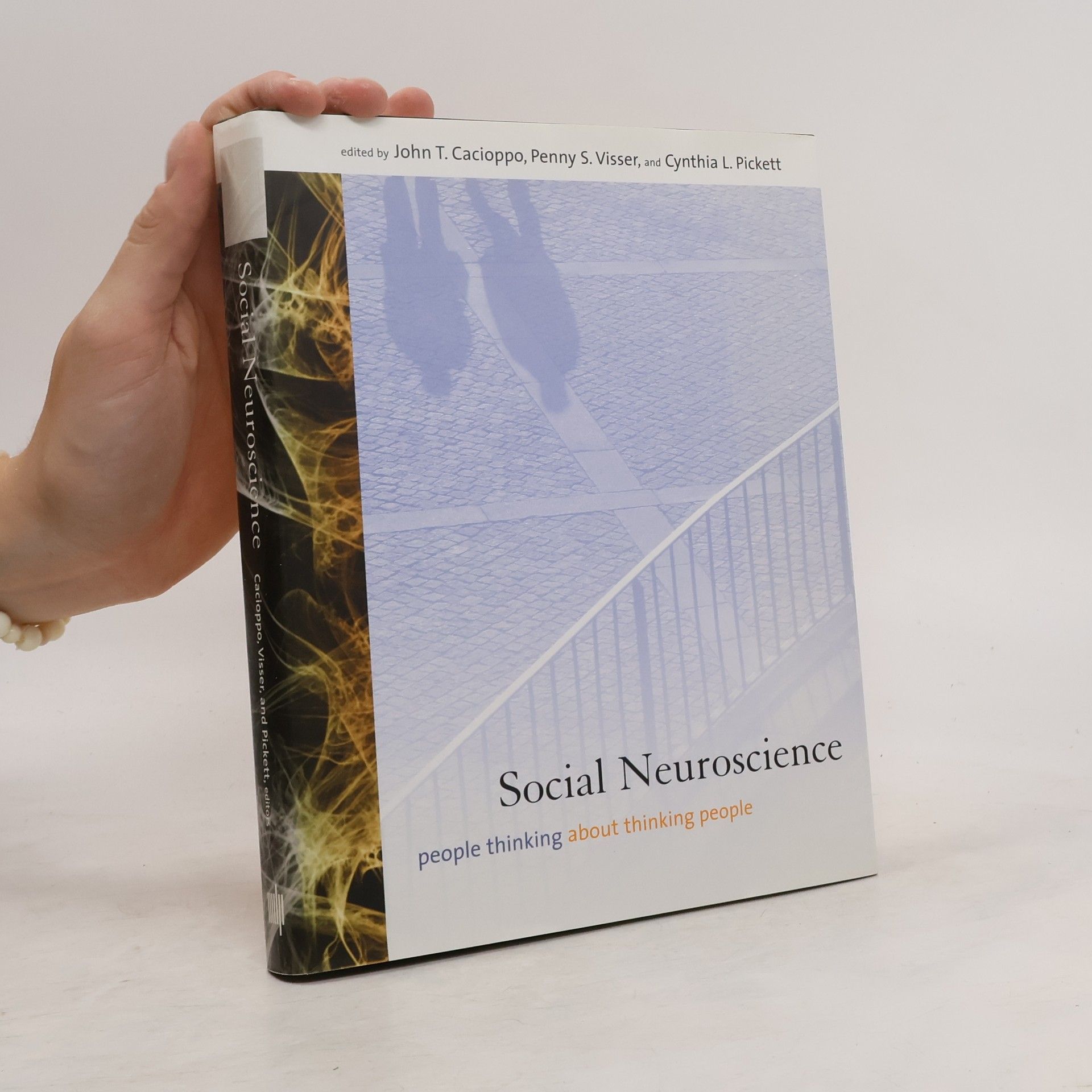From the world’s foremost neuroscientist of romantic love comes a personal story of connection and heartbreak that brings new understanding to an old truth: better to have loved and lost than never to have loved at all. At thirty-seven, Dr. Stephanie Cacioppo was content to be single. She was fulfilled by her work on the neuroscience of romantic love—how finding and growing with a partner literally reshapes our brains. That was, until she met the foremost neuroscientist of loneliness. A whirlwind romance led to marriage and to sharing an office at the University of Chicago. After seven years of being inseparable at work and at home, Stephanie lost her beloved husband, John, following his intense battle with cancer. In Wired for Love, Stephanie tells not just a science story but also a love story. She shares revelatory insights into how and why we fall in love, what makes love last, and how we process love lost—all grounded in cutting-edge findings in brain chemistry and behavioral science. Woven through it all is her moving personal story, from astonishment to unbreakable bond to grief and healing. Her experience and her work enrich each other, creating a singular blend of science and lyricism that’s essential reading for anyone looking for connection.
John T. Cacioppo Livres
Ces informations ne peuvent pas aille trait aille





Introduction to Social Neuroscience
- 304pages
- 11 heures de lecture
Exploring the intersection of biology and social behavior, this textbook delves into social neuroscience, a new field examining how our biological systems shape and are shaped by social interactions. It covers the neurological basis of social behavior, communication of mental states, and the neural roots of interactions and group dynamics. Aimed at advanced undergraduates and graduate students, it emphasizes the importance of social environments in understanding the nervous system, making it a foundational resource for those studying the mechanisms behind empathy, cooperation, and more.
A study of the phenomenon of emotion contagion, or the communication of mood to others.
Loneliness : Human Nature and the Need for Social Connection
- 317pages
- 12 heures de lecture
A pioneering neuroscientist reveals the reasons for chronic loneliness--which he defines an unrecognized syndrome--and brings it out of the shadow of its cousin, depression. 12 illustrations.
Social Neuroscience
People Thinking About Thinking People
Studies in the neurobiological underpinnings of social information processing by psychologists, neurobiologists, psychiatrists, radiologists, and neurologists, using methods that range from brain imaging techniques to comparative analyses.Social neuroscience uses the methodologies and tools developed to measure mental and brain function to study social cognition, emotion, and behavior. In this collection John Cacioppo, Penny Visser, and Cynthia Pickett have brought together contributions from psychologists, neurobiologists, psychiatrists, radiologists, and neurologists that focus on the neurobiological underpinnings of social information processing, particularly the mechanisms underlying people thinking about thinking people. In these studies such methods as functional brain imaging, studies of brain lesion patients, comparative analyses, and developmental data are brought to bear on social thinking and feeling systems--the ways in which human beings influence and are influenced by other humans.The broad range of disciplines represented by the contributors confirms that among the strengths of social neuroscience are its interdisciplinary approach and the use of multiple methods that bridge disciplines and levels of analysis.